Introduction
When looking for an affordable AF lens in the ultra wide angle realm my recommendation so far has usually been the Samyang 18mm 2.8 AF – also due to lack of alternatives. But in October 2023 Viltrox released this compact 20mm 2.8 AF lens and now, in February 2024 they released this super low budget lens in Nikon Z and Fuji X mount too. Not as wide as the Samyang, but noticeably cheaper. Is this my new recommendation for a low cost AF lens in the ~20mm range? Let’s find out.
Sample Images
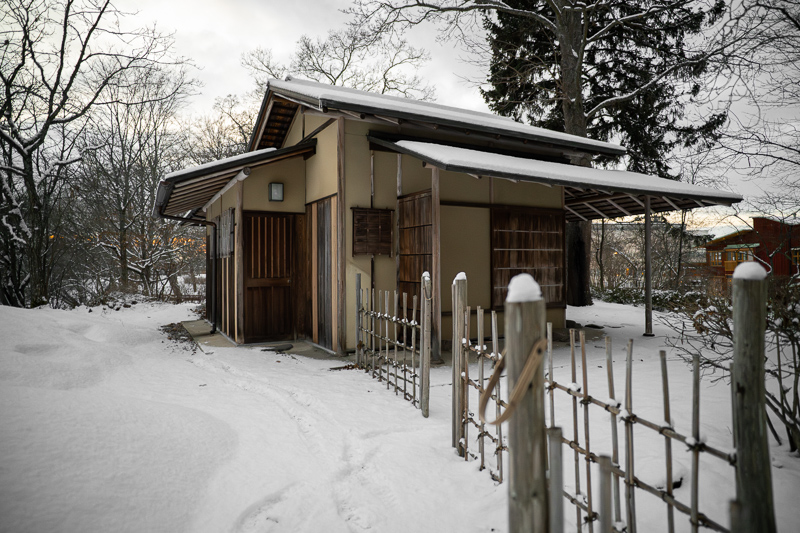
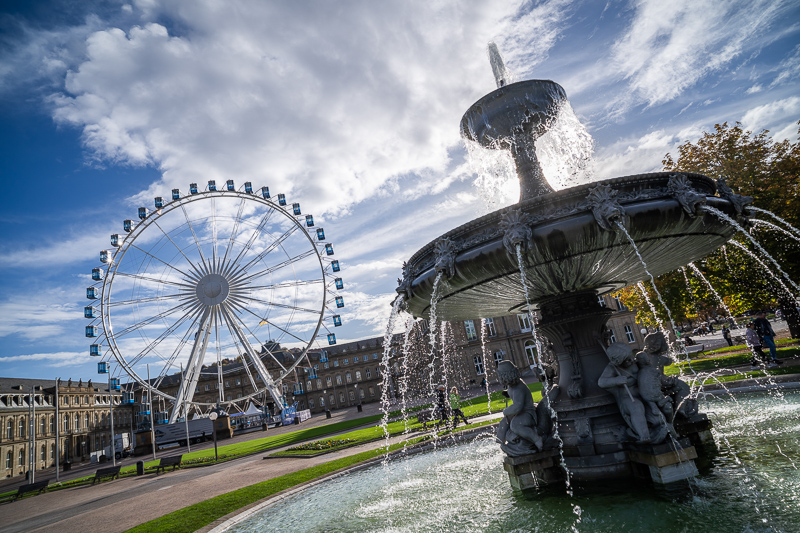
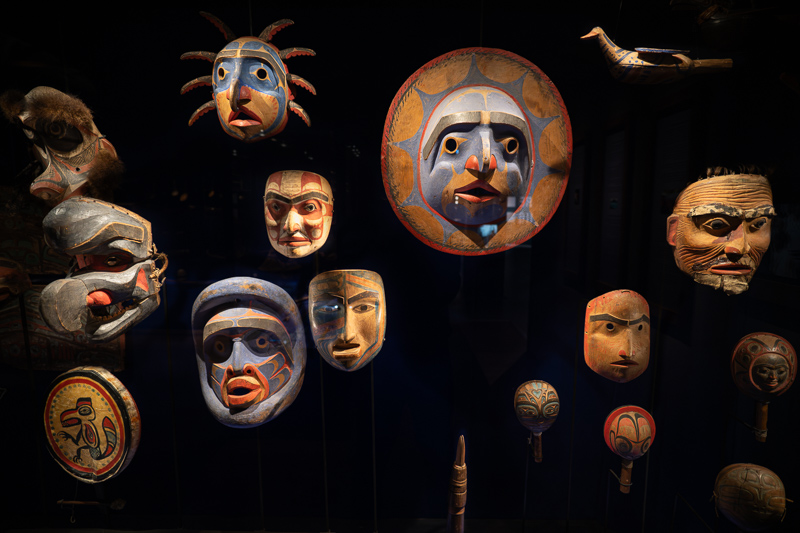
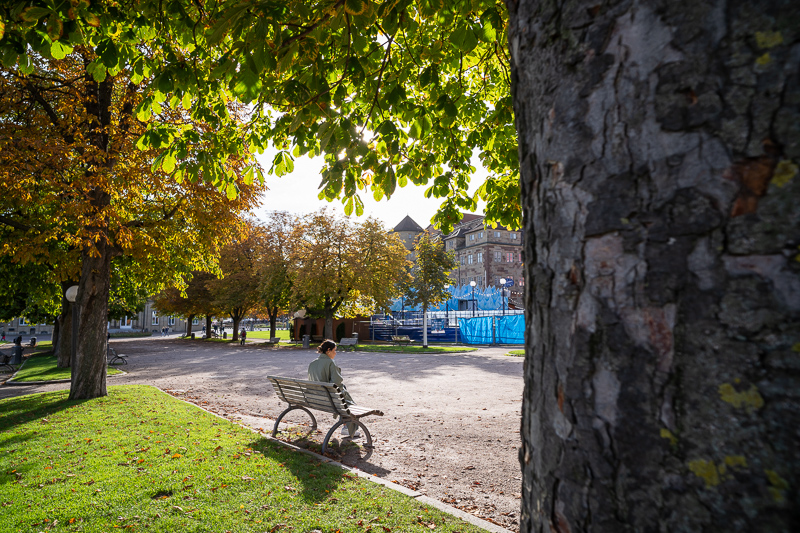
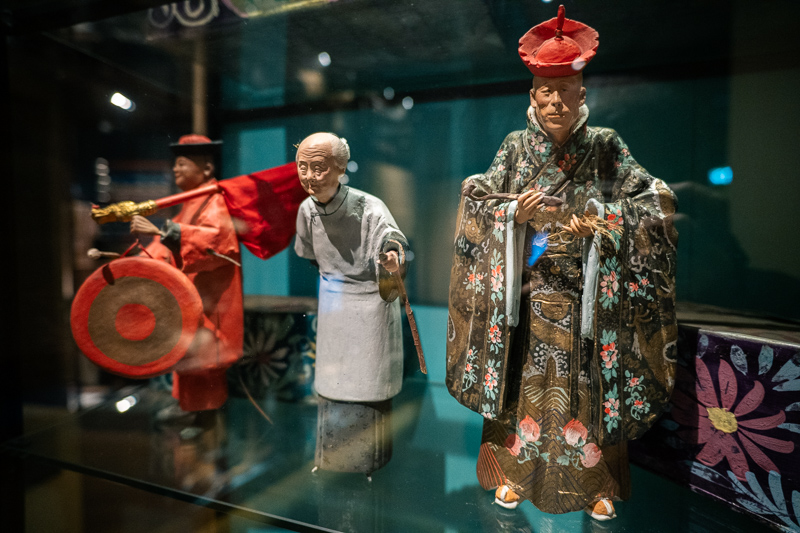
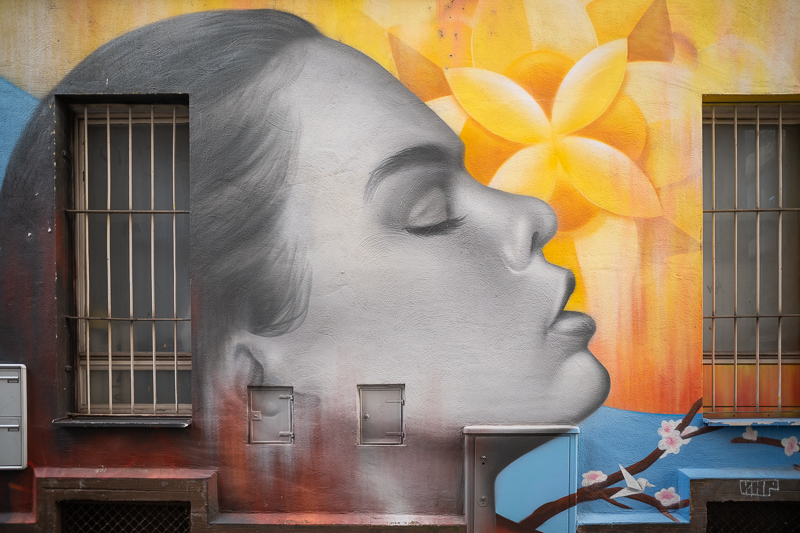

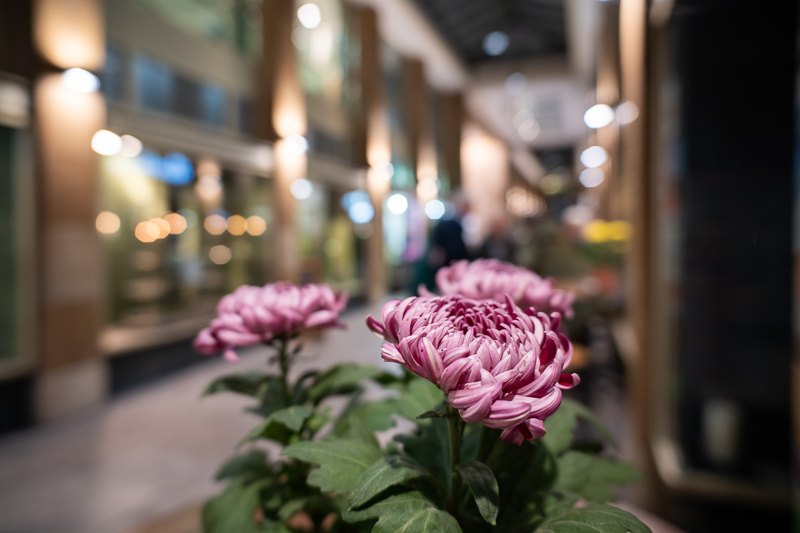
Most of the sample images in this review can be found in full resolution here.
(Images taken of or with Sony version by Bastian, Nikon version by Martin)
Contents
Specifications
This Viltrox 20mm 2.8 AF FE has the following specifications:
-
- Diameter: 65 mm
- Field of view: 91.6° (diagonally)
- Length: 55 mm
- Weight: 157g (without hood and caps)
- Filter Diameter: 52 mm
- Number of Aperture Blades: 7 (mostly straight)
- Elements/Groups: 10/8


- Close Focusing Distance: 0.19 m
- Maximum Magnification: 1:6.1 (measured)
- Mount: Sony-E | Nikon-Z | Fuji-X
Buy Z mount from Viltrox store (8% discount) | B&H | amazon.com | amazon.de | ebay.com | ebay.de for $158, 179€ (affiliate links)
Buy E mount from Viltrox store (8% discount) | amazon.com | amazon.de | B&H | ebay.com for $158, 179€ (affiliate links)
Disclosure
This Viltrox 20mm 2.8 AF FE was kindly provided free of charge by Viltrox for reviewing purpose 1 1/2 weeks prior to release.
Handling/Build Quality
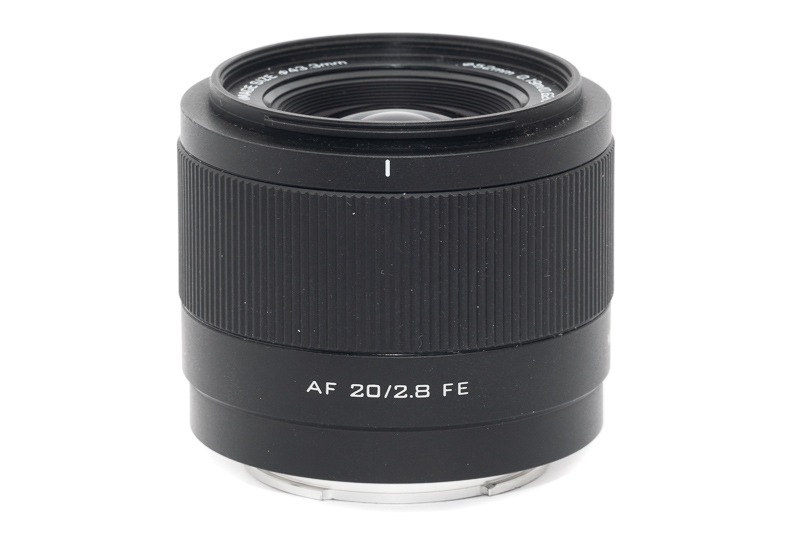
In terms of controls this Viltrox 20mm 2.8 lens is as basic as possible, featuring only one by-wire focus ring. The coupling is linear and it takes about 270° rotation from the minimum focus distance of 0.19 m to infinity.
The lens ships with a small lens hood. It is matte on the inside and can be attached reversed to take up less space for transport.
Being an AF lens this Viltrox lens of course features electronic contacts to communicate with the camera and there is also an USB-C port for firmware updates. I did perform a firmware upgrade while reviewing this lens and it was a very easy to perform process.
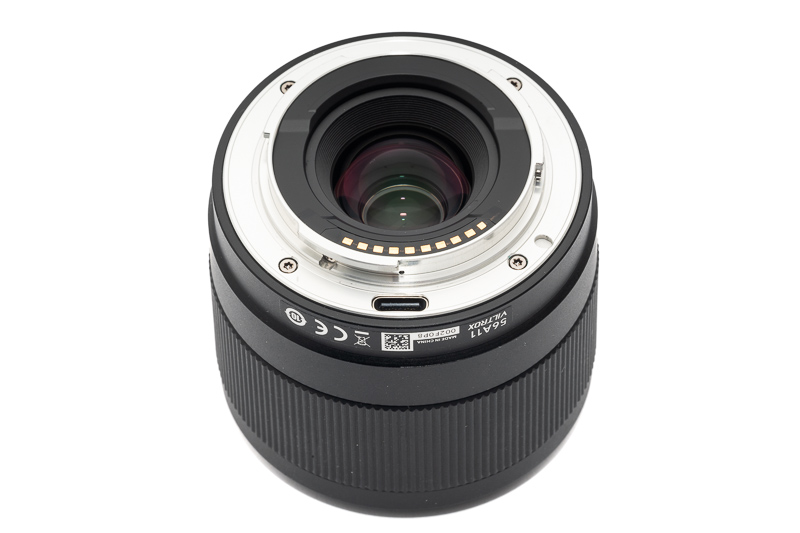
Now this is obviously an affordable lens but I really think any lens should at least have an AF/MF switch. The materials and the general build quality do not feel as cheap though. Definitely much better than the earlier Samyang AF lenses like the 18mm 2.8 AF and much closer to the later ones like the 24mm 1.8 AF.
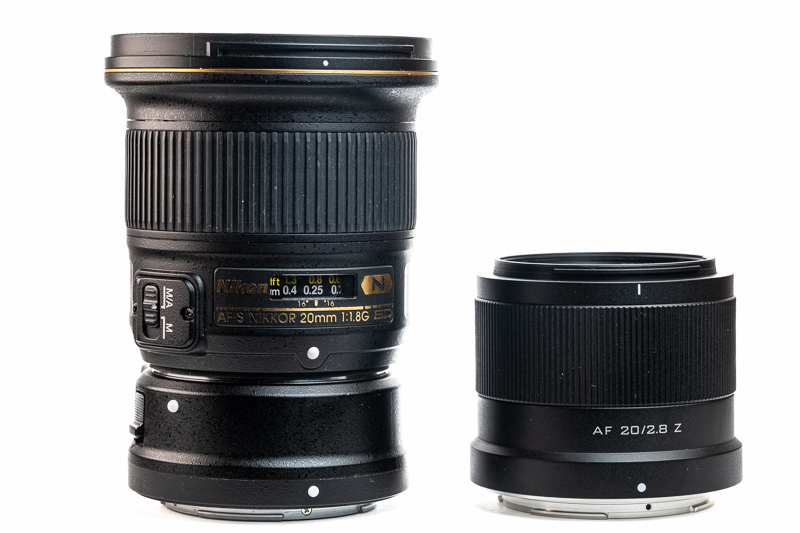
This Viltrox 20mm lens is extremely small for being a fullframe 20mm lens. Here you can see it next to Nikon AF-S 20/1.8G on an FTZ adapter. Note that a Nikon Z 20mm 1.8 S is about the same size as the Nikon AF-S 20/1.8G plus FTZ adapter together.
AF performance
I am not shooting sports or fast moving animals/humans so if you want to know if the lens is fast enough for this or how it compares to other lenses in this segment you may have to look for a different review with a more detailed assessment of this aspect.
In everyday use I found the AF to be decent and accurate enough.
Vignetting
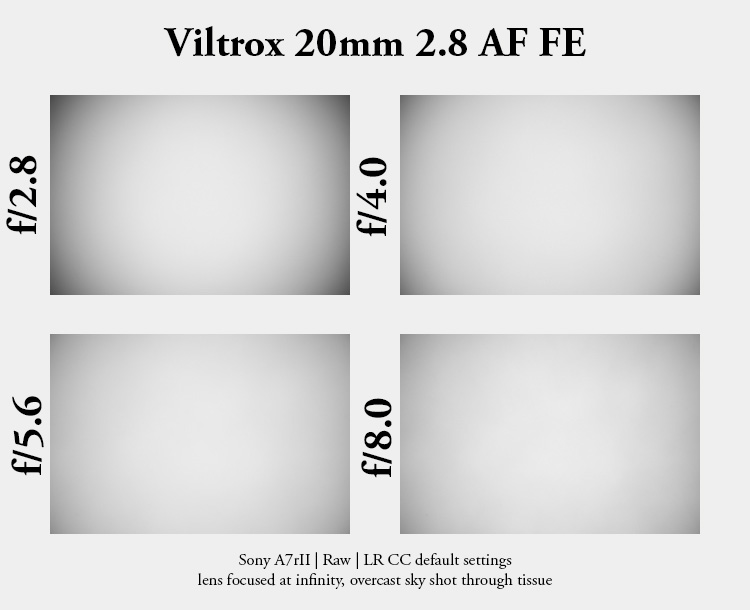
| f/2.8 | 3.2 EV |
| f/4.0 | 2.5 EV |
| f/5.6 | 2.1 EV |
| f/8.0-f/16 | 2.0 EV |
As this is a compact 20mm lens, vignetting values of ~3 EV at f/2.8 do not come as a surprise. At wider apertures these values are pretty much the same as those of the Samyang 18mm 2.8 AF. Stopped down this Viltrox lens is showing about half a stop less vignetting though.
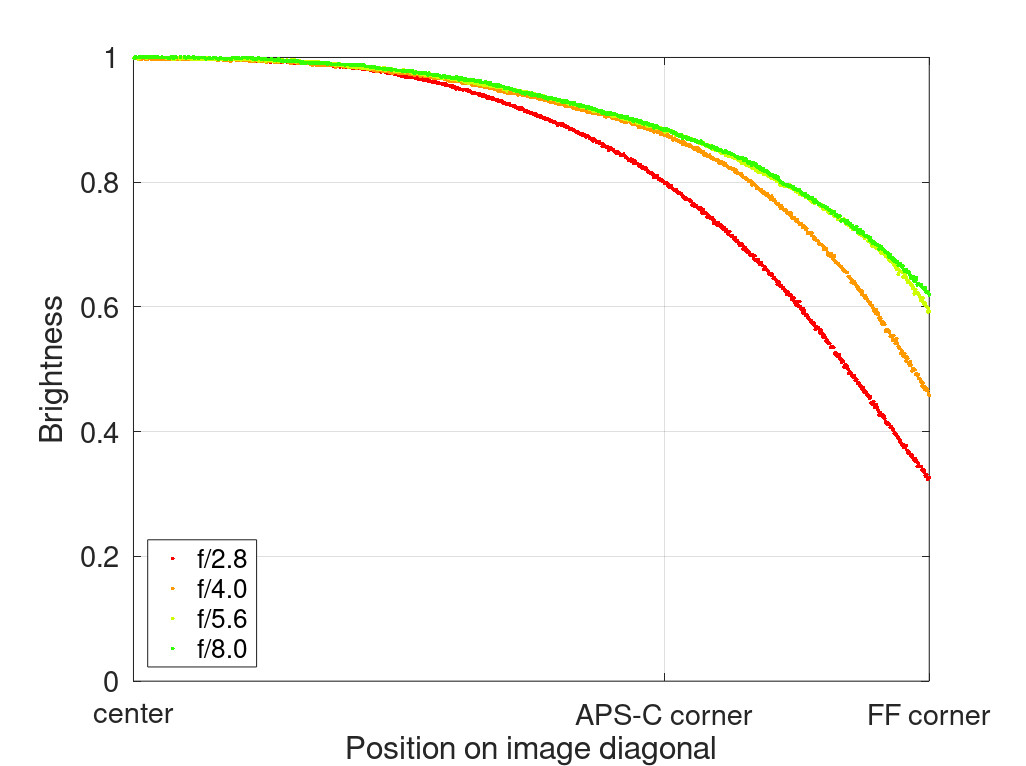
It is recommended to have a look at this article first to get an idea how this brightness graph works.
Sharpness
Focus shift
100% crops, A7rII
Focus shift is usually not a problem with lenses like this, but I did notice that the depth of field only extends to the back on stopping down, so there clearly is some. As long as you focus at working aperture (which should be the norm with this lens) this won’t be an issue though. At longer distances the depth of field is also greater, so here this will also never be an issue.
infinity (42mp Sony A7rII)
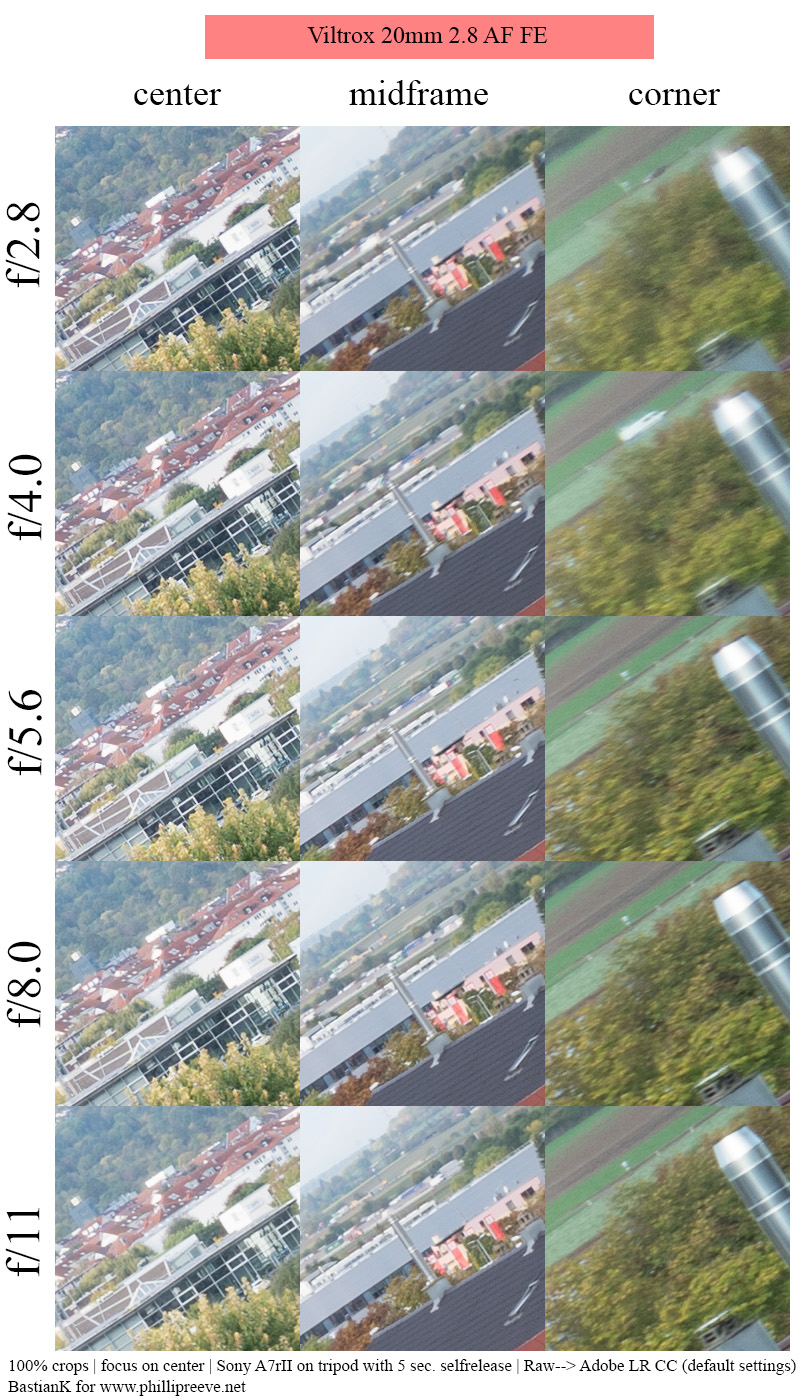
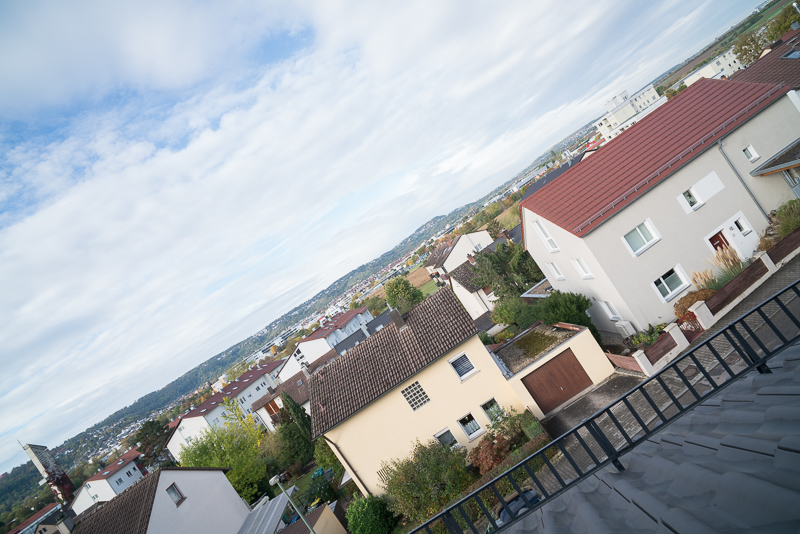
In the center the performance is good from f/2.8, the midframe is a bit worse and the corners are rather mushy. The midframe starts to look really good at f/5.6 but the corners need f/11 for best performance.
The Samyang 18mm 2.8 AF, its corners may look a bit better at wider apertures, but it also doesn’t improve as much on stopping down, so at f/11 I would prefer the Viltrox here.
I haven’t personally used the Tamron 20mm 2.8 yet. This Tamron lens has massive distortion though and you need to correct it for usable files. Such massive distortion correction does have a negative influence on the resolution though and luckily opticallimits compared the resolution with and without distortion correction. It already isn’t great without distortion correction, but with, it really isn’t. I think by f/2.8 they will perform similar, but at f/11 the Viltrox would again look better.
The centering of this sample was good, no issues here.
close 0.19 m, 1:6.1 (42mp Sony A7rII)
100% crops from center, A7rII, refocused for every shot.
This Viltrox 20mm 2.8 does not boost an impressive 1:2 magnification as the Tamron 20mm 2.8, but it still does focus fairly close (0.19 m) and offers a decent 1:6.1 magnification.
If you want really crisp results I would recommend to stop down to f/4.0. At this distance the field curvature is high though, so this is not a great lens for taking close up shots of flat objects.
Flare resistance
In a slow 20mm wide angle lens good flare resistance would be very important to me. With a wide viewing angle the sun will often be in or close to the frame and a bad performance in this category will lead to plenty of ruined pictures.
This Viltrox 20mm 2.8 doesn’t show a bad performance, but there are a few things to look out for.
With the sun close to the frame you can see a faint red crescent towards the edges, here on the left side, that disappears on stopping down. Instead of that red crescent some small purple ghosts may appear stopped down though.
What actually happened to me a few times in the field is another red crescent showing up with the sun outside the frame – despite using the hood. This one also turns into a ghost on stopping down. At this angle also a big flare at f/11 showed up that wasn’t there before, therefore I am guessing the aperture blades or their edges might be reflecting some light here. The good news: with tiny reframing this big flare could be avoided.
In this category the Samyang 18mm 2.8 AF performs better, but not by a lot.
Bokeh
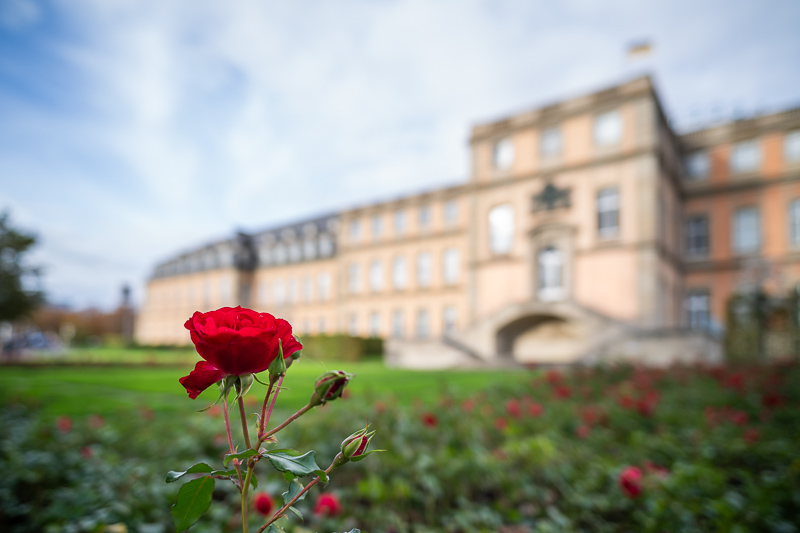
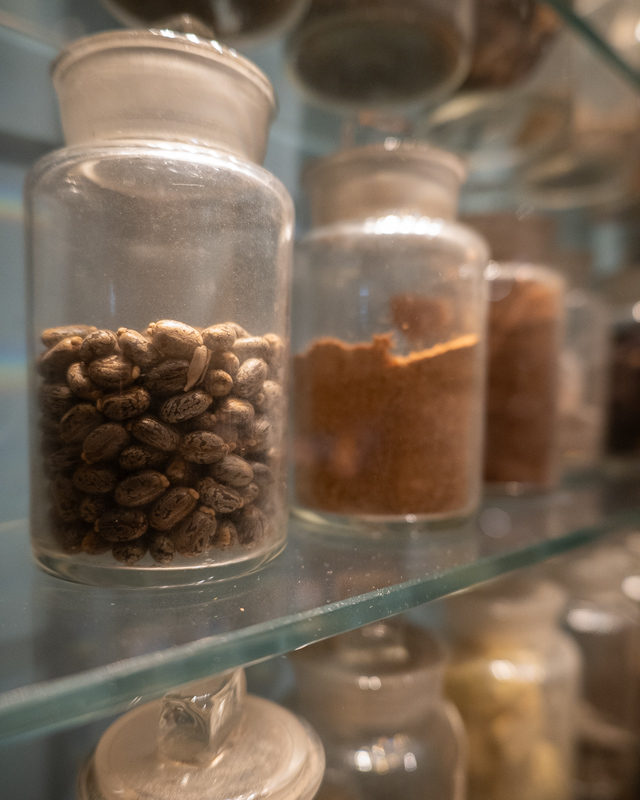
This is a not particularly fast wide angle lens, but the short minimum focus distance still allows for some bokeh in close up shots that can be used to create captivating pictures with shallow depth of field. The bokeh also ain’t that bad for a wide angle lens.
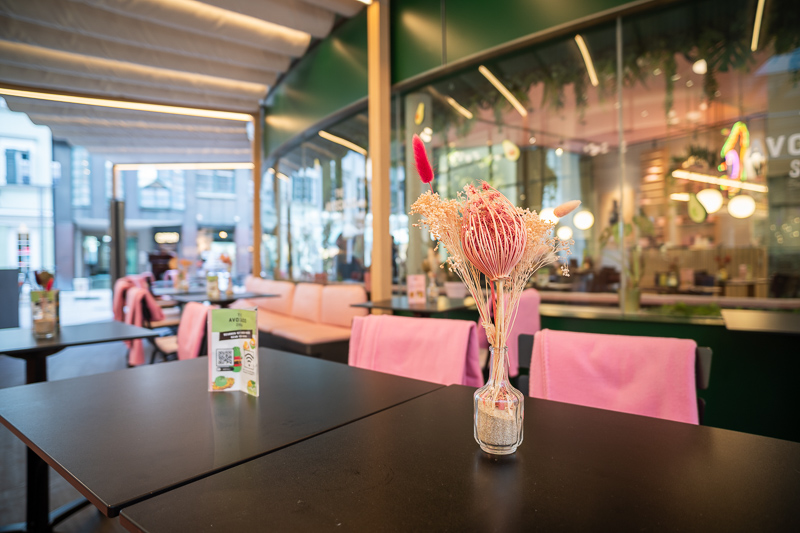
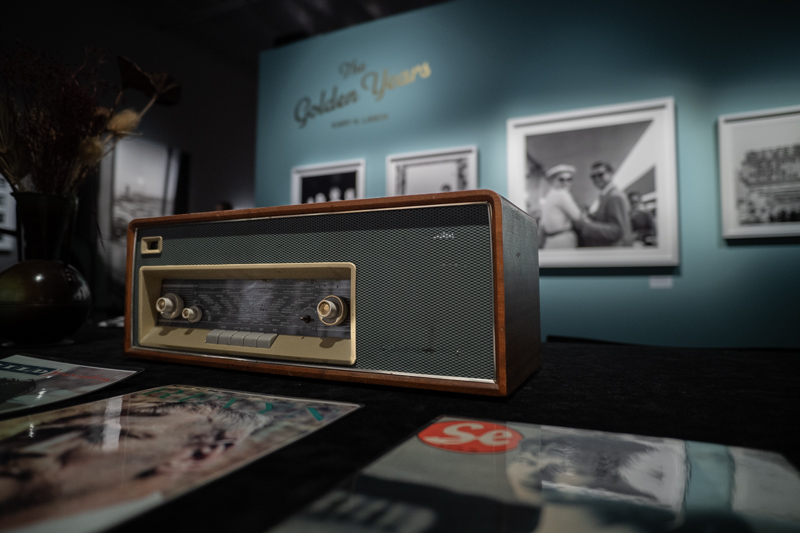
At longer distances you can only create a very subtle amount of blur though:

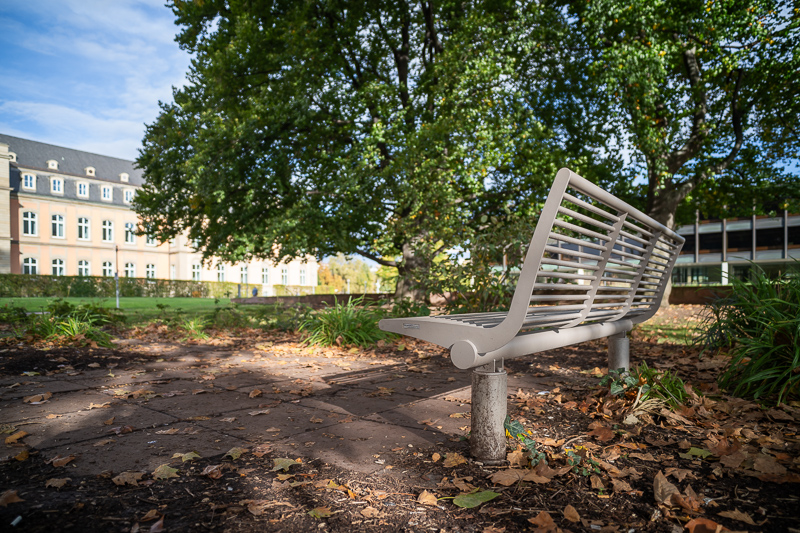
Coma
100% crops from extreme corner, Sony A7rII
We did see in the infinity sharpness section that the corner resolution isn’t particularly great at wider apertures and coma could be the reason for that, as it is quite noticeable from f/2.8 to f/4.0.
Both, the Samyang 18mm 2.8 AF as well as the Tamron 20mm 2.8, do noticeably better in this category.
Distortion
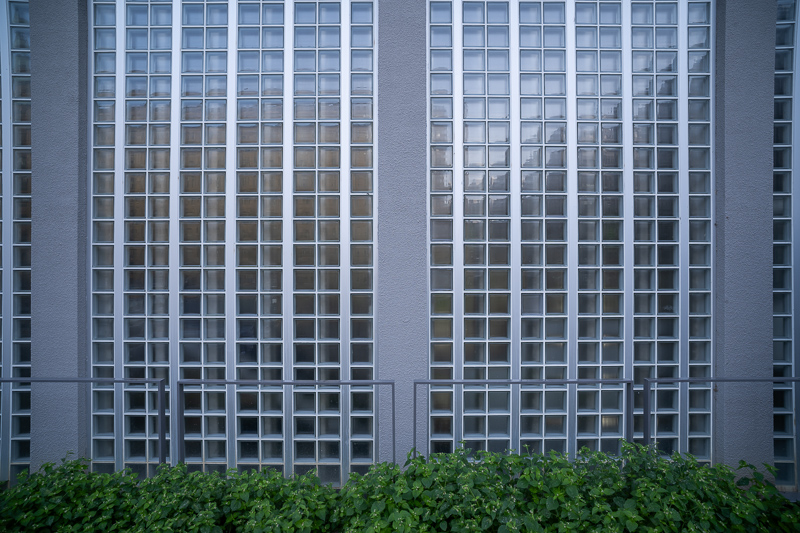
This Viltrox 20mm 2.8 shows a really bad, wavy distortion pattern. Most Viltrox lenses are included in Lightroom/CameraRAW so I hope this one will also be in the near future. If you are interested in this lens and you don’t want to wait for a profile to show up, you can also create one yourself.
Sunstars
Viltrox decided to use 7 aperture blades for this lens, which is also the case for the Samyang 18mm 2.8 AF as well as the Tamron 20mm 2.8. Regular readers may already know that 7 aperture blades are actually my least favorite configuration, as this is neither good news for sunstars nor good enough to keep defocused highlights round when stopping down.
I am happy to report though, that this lens creates nice sunstars at f/11 as well as f/16. The Samyang and the Tamron did not manage to do that, theirs look irregular and frayed at all aperture settings.
Chromatic aberration
lateral
Just like Sony’s own AF lenses this Viltrox 20mm 2.8 AF FE contains a profile for correcting lateral CA, which is automatically applied in Lightroom, so you won’t be seeing any unless you are opening the files in a less mainstream raw converter.
longitudinal
Being a wide angle lens and not a particularly fast one bokeh fringing isn’t really an issue.
Purple fringing is also hardly an issue, even in a backlit, high-contrast scene like this where many lenses would struggle:
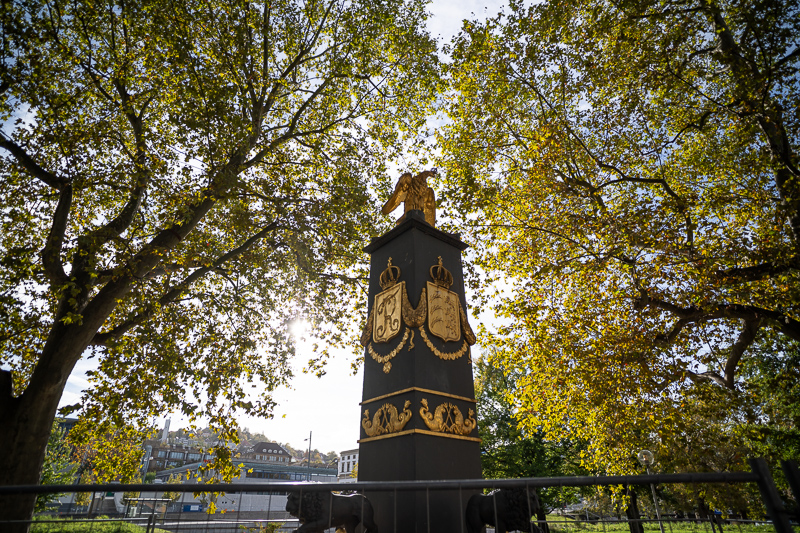
Conclusion
good
|
average
|
not good
|
This Viltrox 20mm 2.8 AF FE is the cheapest lens in its class, it is almost half the price of the Samyang 18mm 2.8 AF and still 40% less than the Tamron 20mm 2.8.
Now obviously, there will be compromises compared to bigger and more expensive lenses. In this case that is mainly high vignetting, mediocre coma correction and a pretty nasty, wavy distortion pattern. It is also needed to stop this lens down for decent across frame performance.
In my opinion the main competitors are the Tamron 20mm 2.8 and the Samyang 18mm 2.8 AF. The Samyang feels cheaper made, it doesn’t focus as close, but it is also a bit wider and Coma is better corrected. The Tamron features a similar build quality, offers an interesting 1:2 macro feature, but it is bulkier, shows huge distortion and the manual focus operation is an insult.
Considering this Viltrox is by far the cheapest of the bunch I think it compares favourably to the Samyang and Tamron, but none of these lenses is perfect, so depending on what you are looking for, you may prefer one or the other.
These are the competitors only if you have a Sony Alpha camera though, if you have a Nikon Z camera, there is no competitor at the moment, making this the only budget 20mm and also the smallest you can get for your Z camera.
Buy Z mount from Viltrox store (8% discount) | B&H | amazon.com | amazon.de | ebay.com | ebay.de for $158, 179€ (affiliate links)
Buy E mount from Viltrox store (8% discount) | amazon.com | amazon.de | B&H | ebay.com for $158, 179€ (affiliate links)
Alternatives
You can find many alternatives in the 20-28mm wide angle guide. I did two which I think are worth discussing in more detail though.
Tamron 20mm 2.8 Di III OSD M1:2:
Personally I am not a huge fan of Tamron’s f/2.8 wide angle prime series and it seems I am not alone, as their price has been reduced several times by now.
This lens is bulkier and also a bit heavier and just like this Viltrox it also lacks any controls. Its manual focus ring is not very pleasant to use though. I think this lens is mainly interesting if you are looking for that 1:2 macro feature.
buy from amazon.com | amazon.de | B&H | ebay.com (affiliate links) for $249
Samyang 18mm 2.8 AF:
I already compared these lenses in most of the sections above. The Samyang feels cheaper made and the manual focus experience is worse here as well. It does correct Coma better and it is also a bit wider, which might make it more desirable if you are looking for an addition to a zoom lens starting at 24mm.
buy from amazon.com | amazon.de | B&H | ebay.com for $299 (affiliate links)
Sample Images

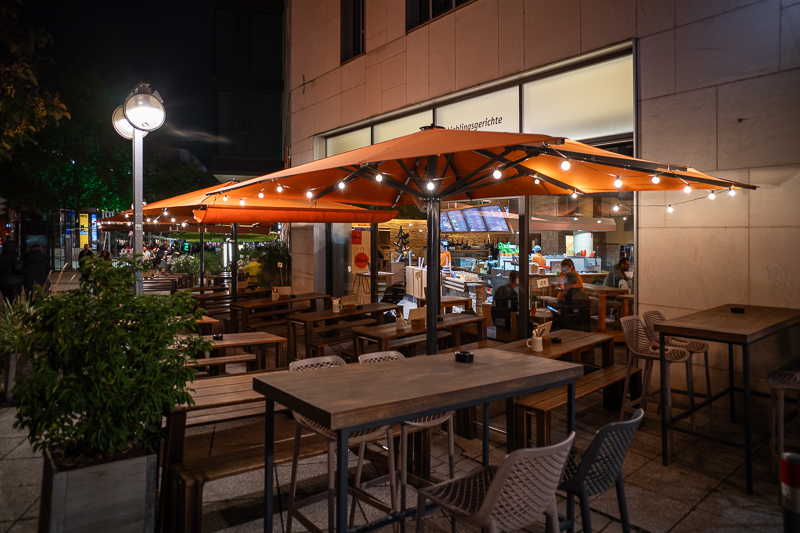
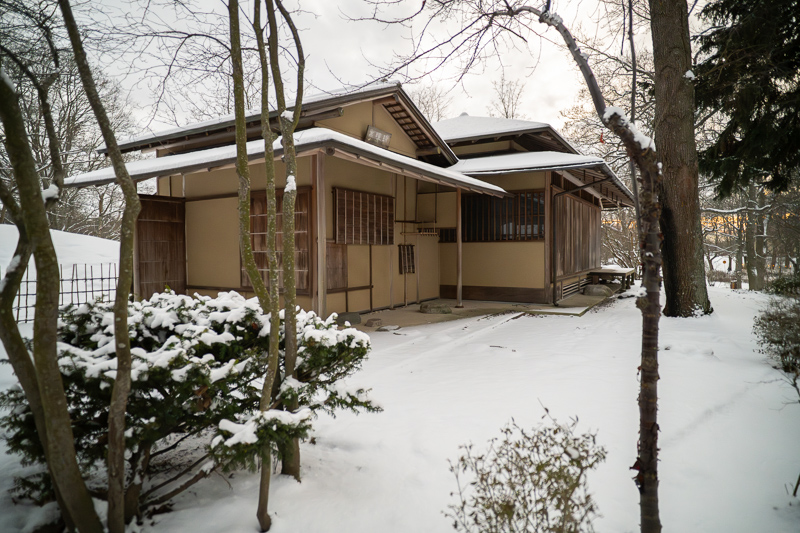
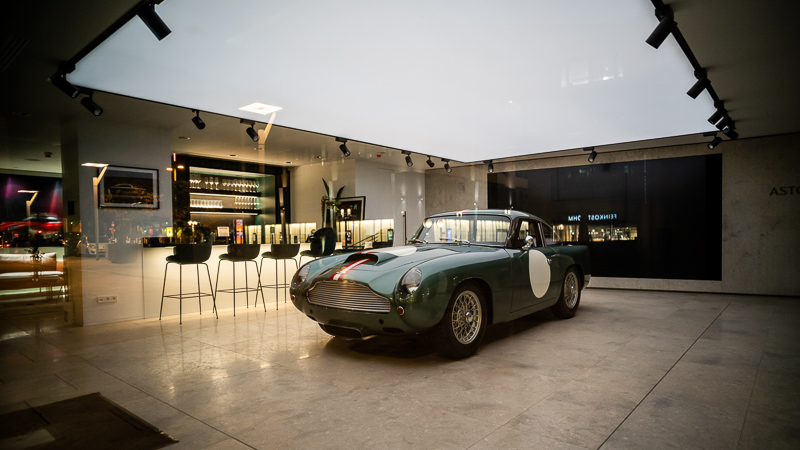
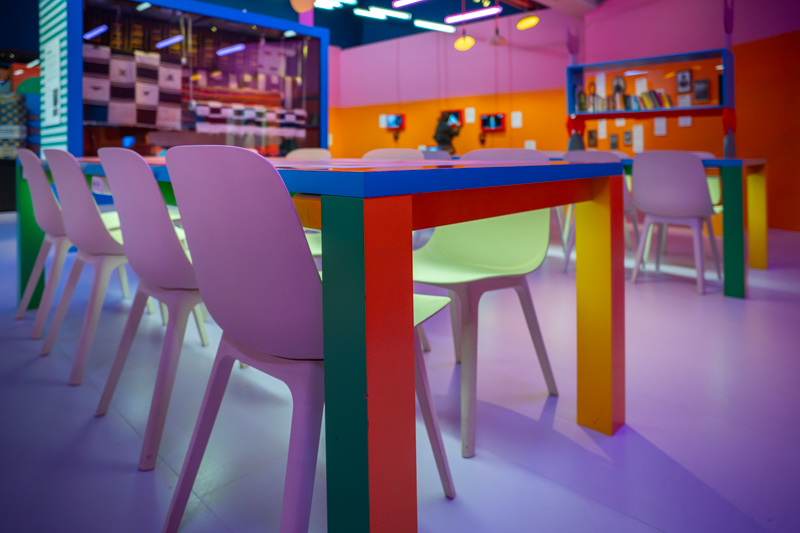
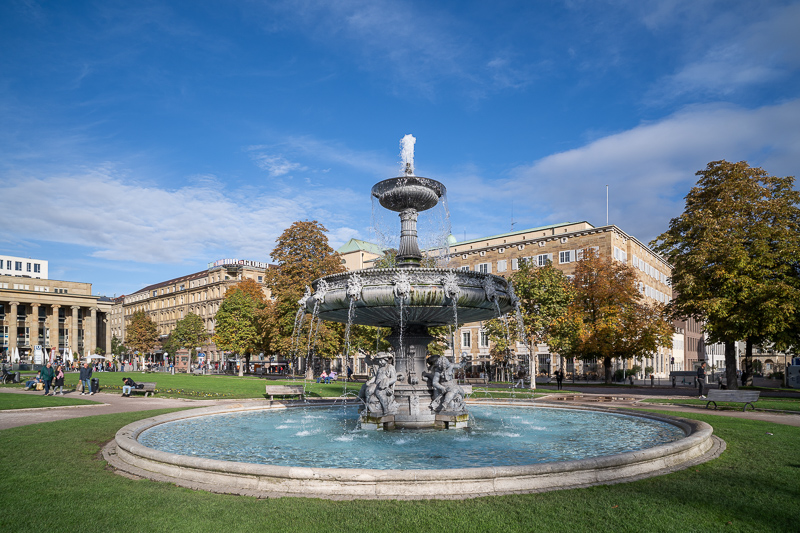
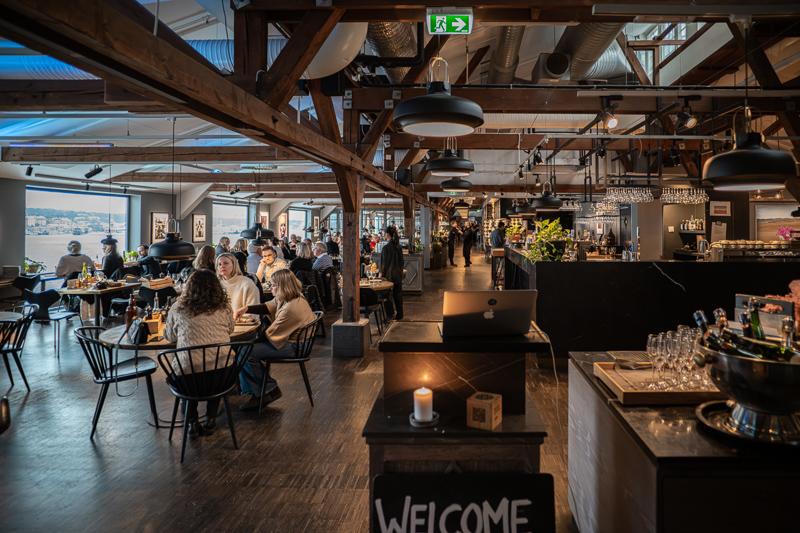
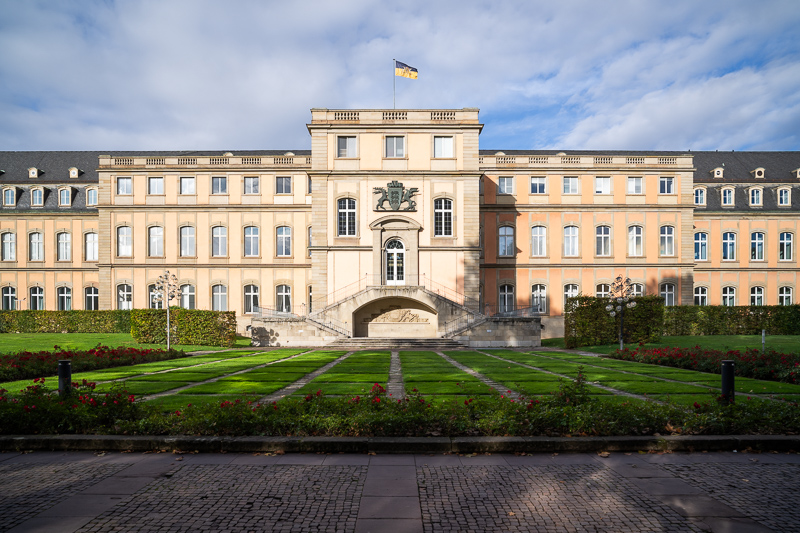

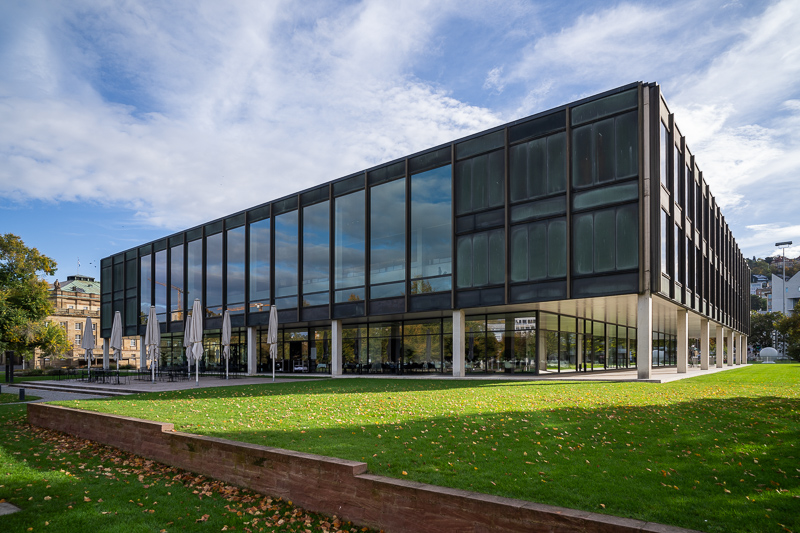
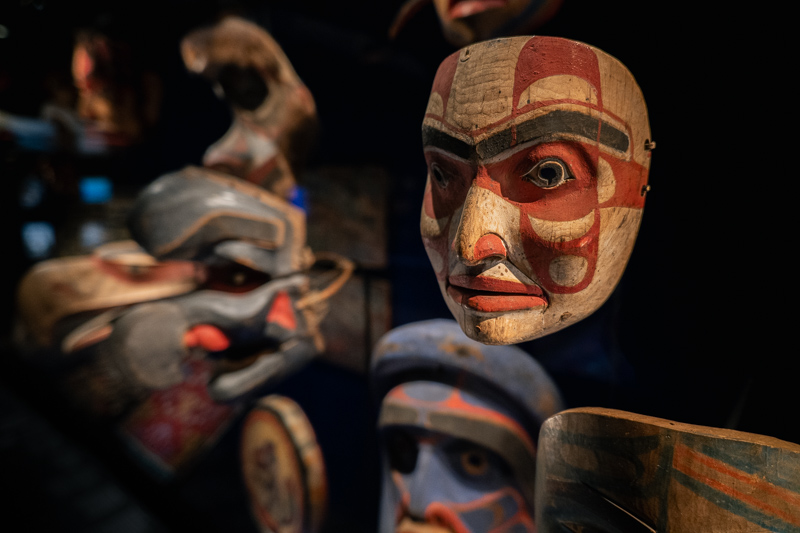
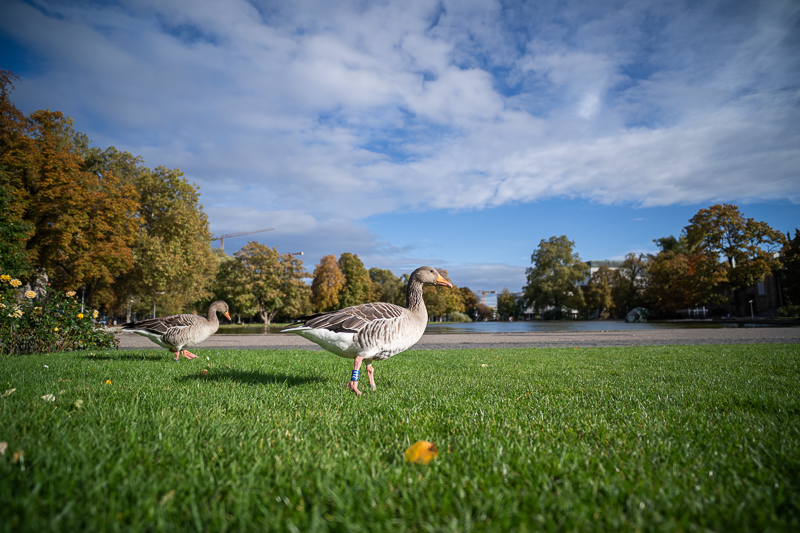
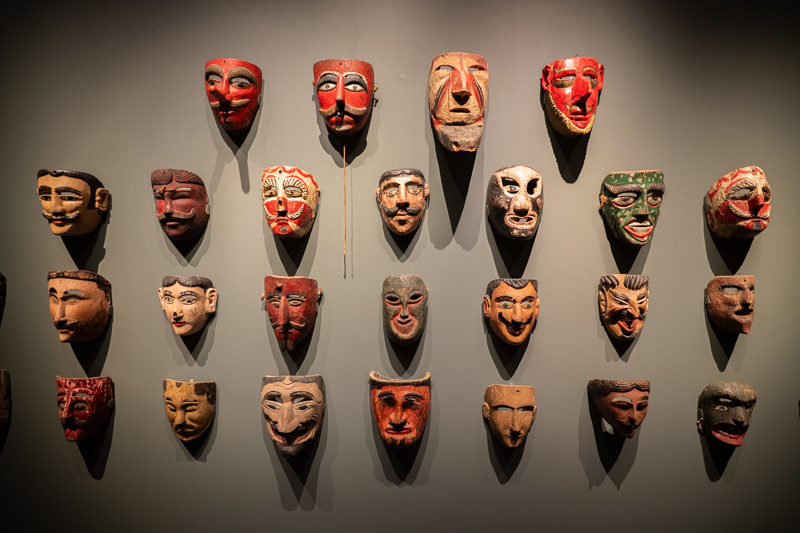
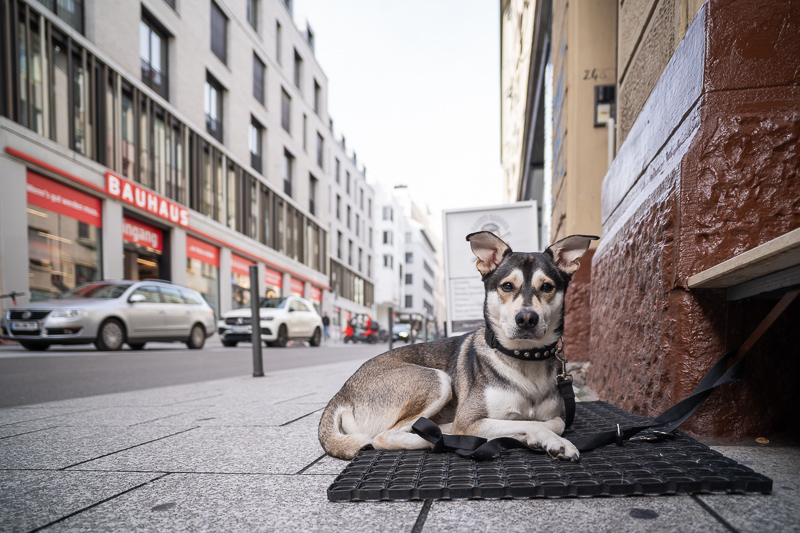
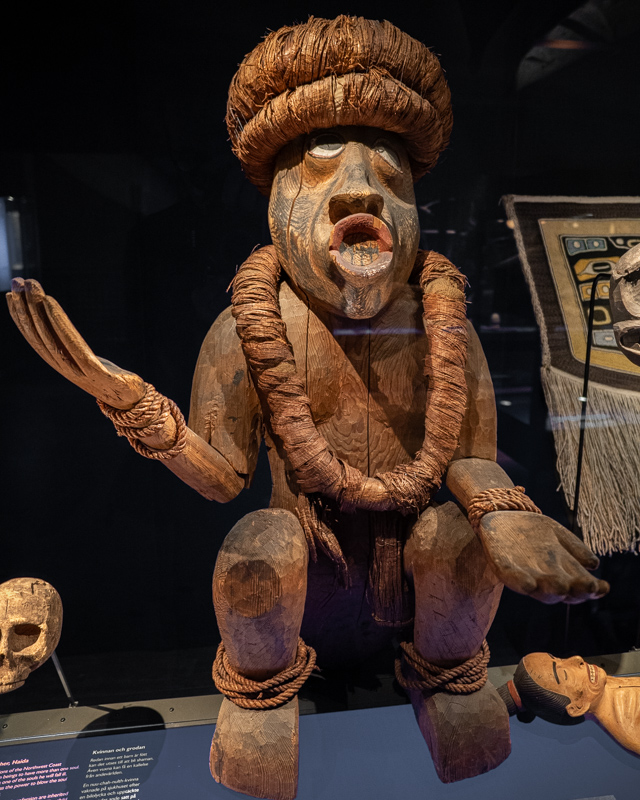
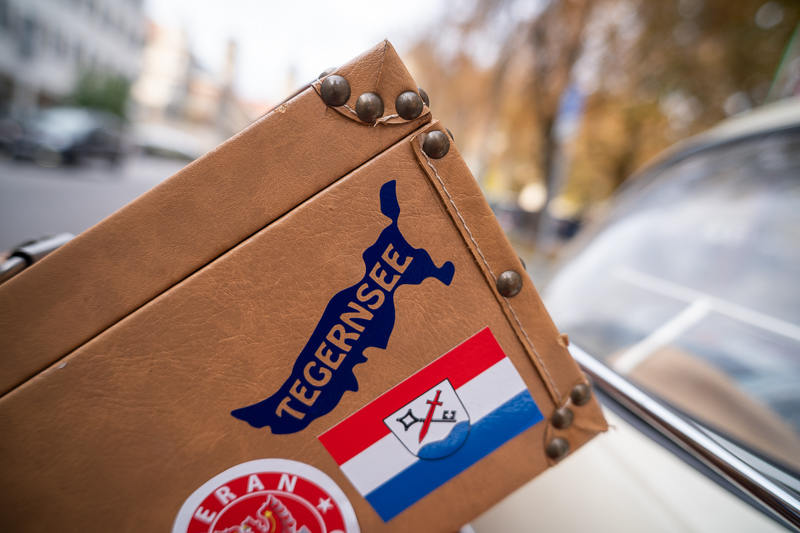

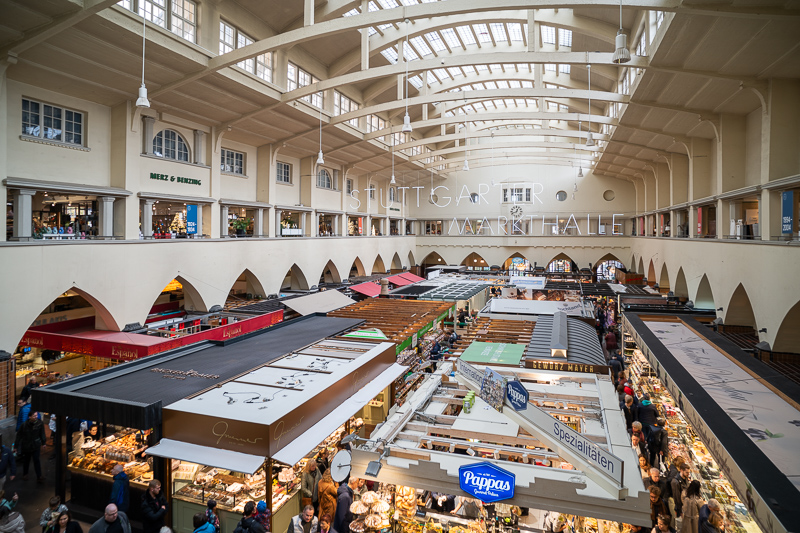

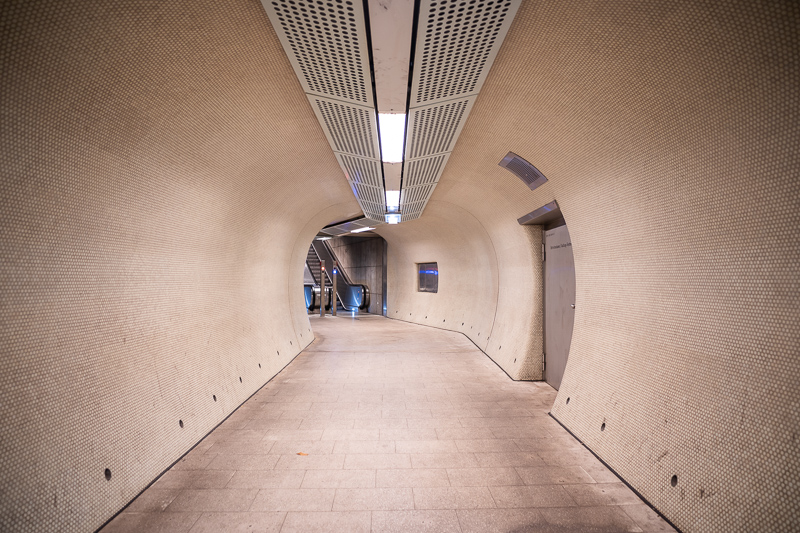

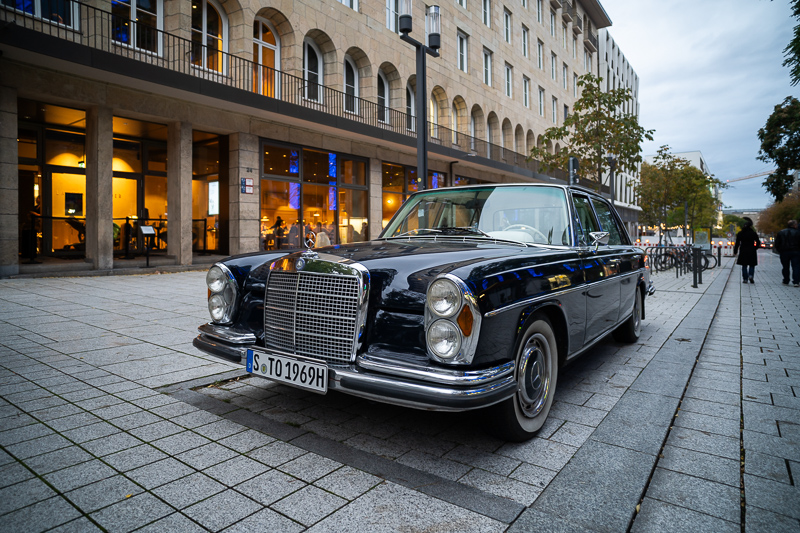
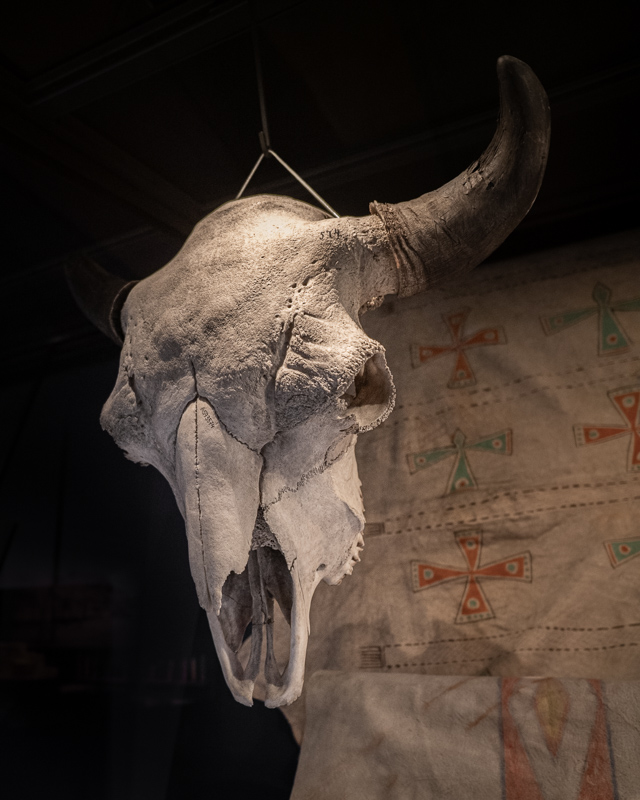
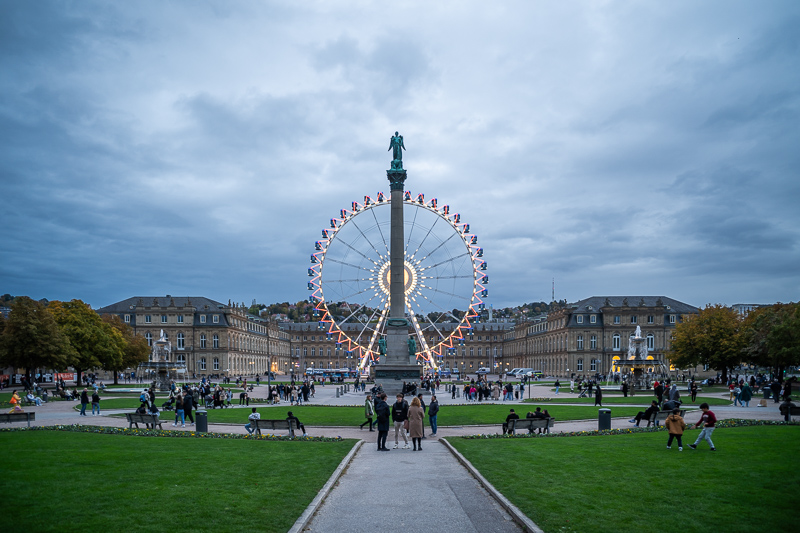
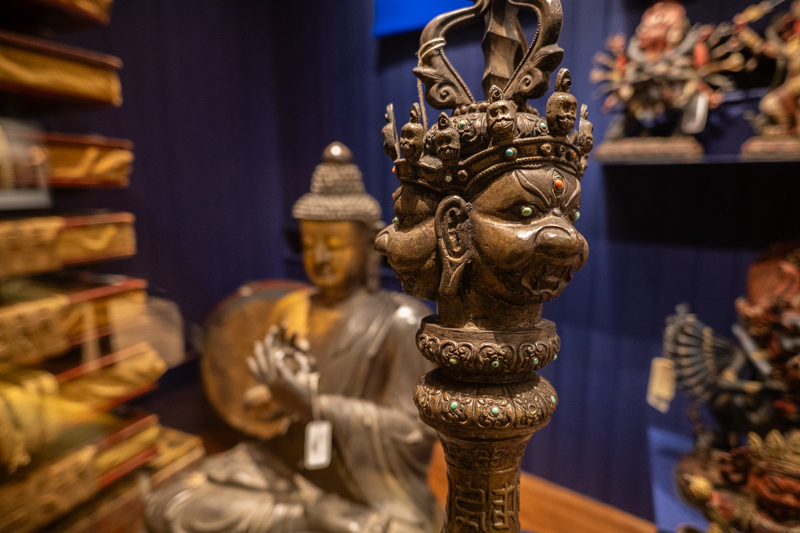
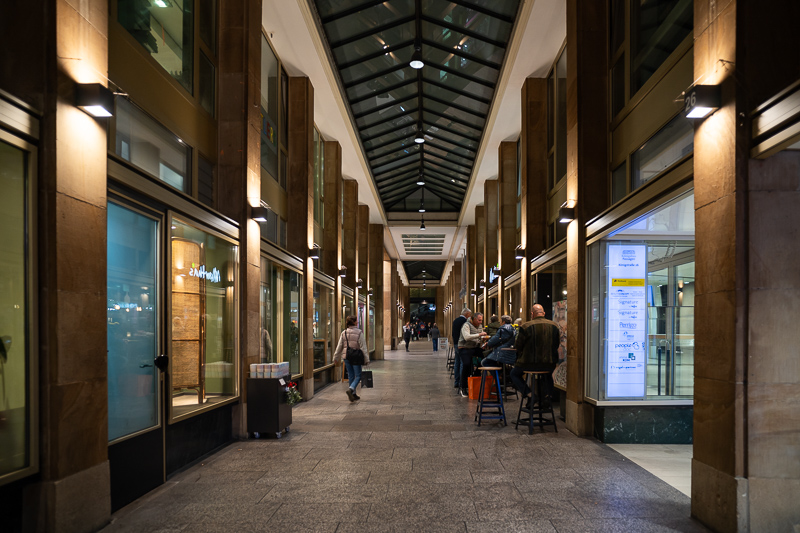
Many of the sample images in this review can be found in full resolution here.
Further Reading
- All Lens Reviews
- Photoshop AI – What can it do for you?
- How to take better pictures?
- Technical Knowledge
You can also join our Discord server to discuss this review with the community.
Support Us
Did you find this article useful or just liked reading it? Treat us to a coffee!
![]()
![]()
![]() via Paypal
via Paypal
This site contains affiliate links. If you make a purchase using any of the links marked as affiliate links, I may receive a small commission at no additional cost to you. This helps support the creation of future content.
The Team
Latest posts by The Team (see all)
- November / Black Friday Deals 2025 - November 19, 2025
- Sony FE Lenses: The honest Guide for the A7/A9/A1 Series - March 18, 2025
- Guide to best Sony E-Mount 35mm Lenses for A7/A9/A1 series - March 8, 2025
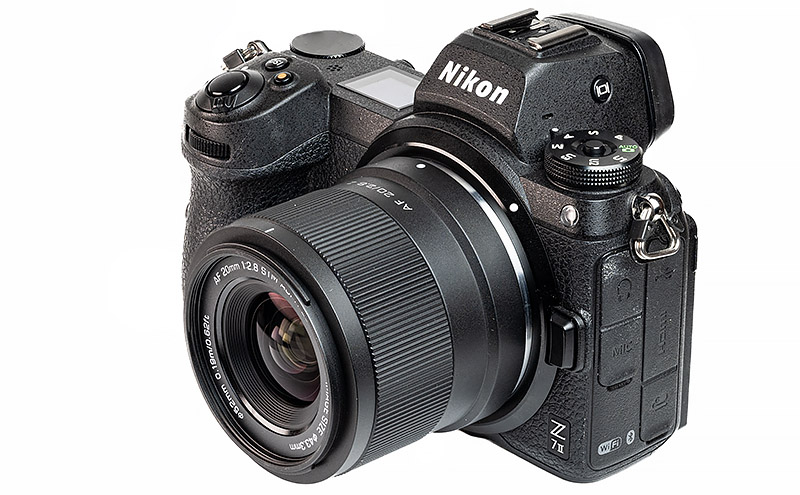
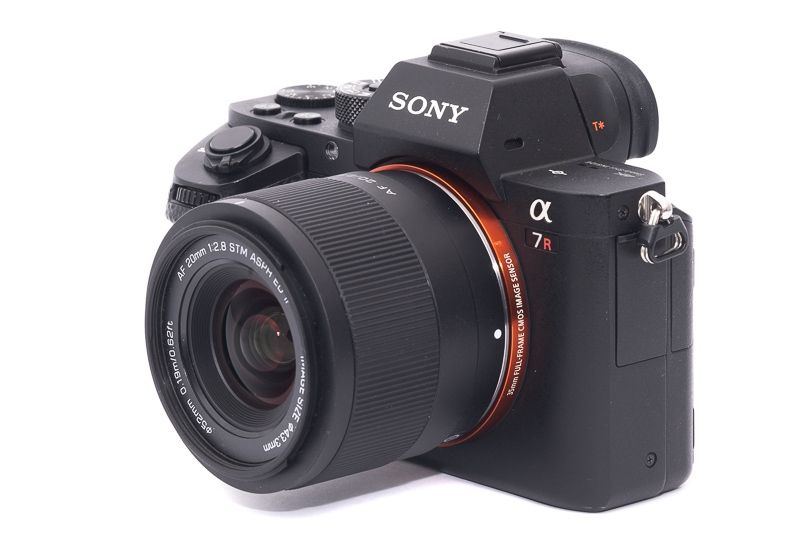
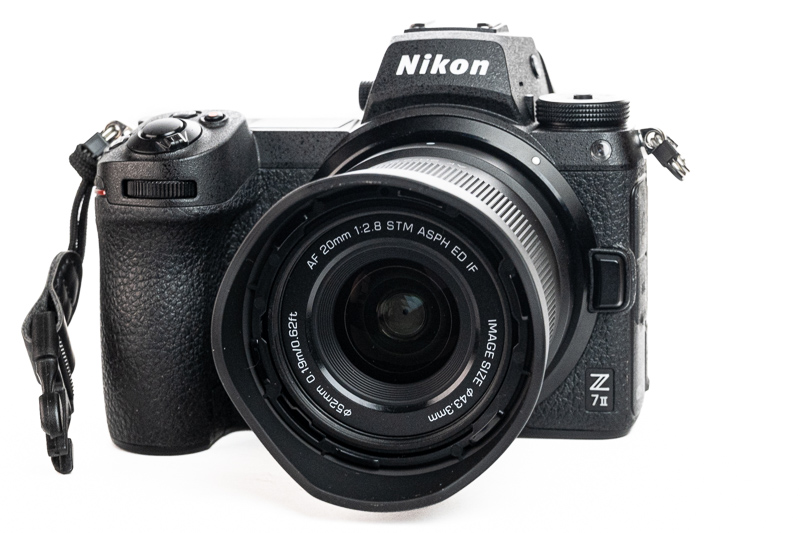
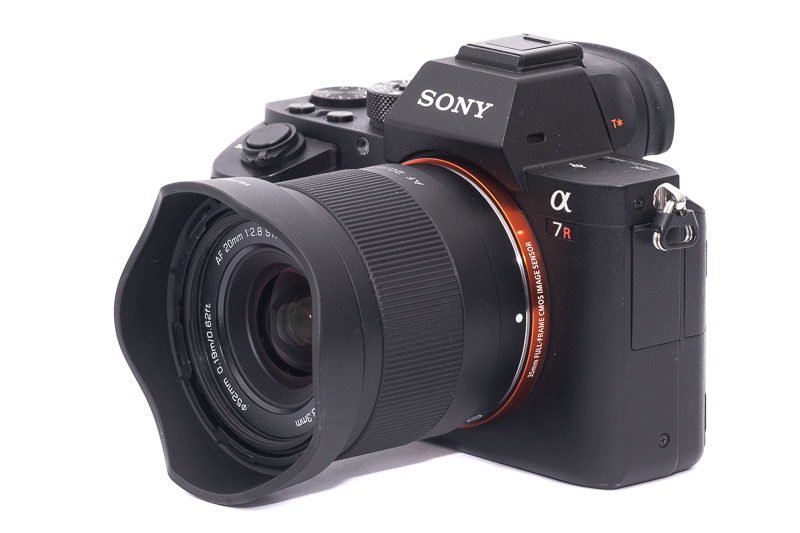
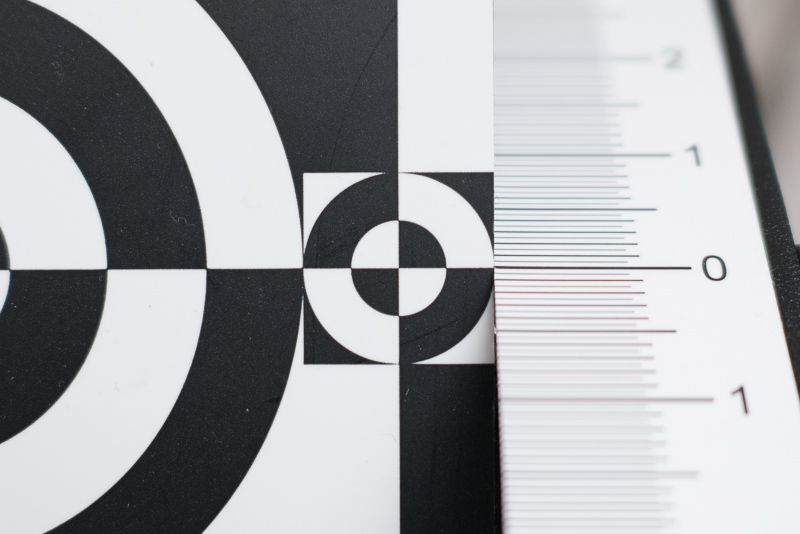

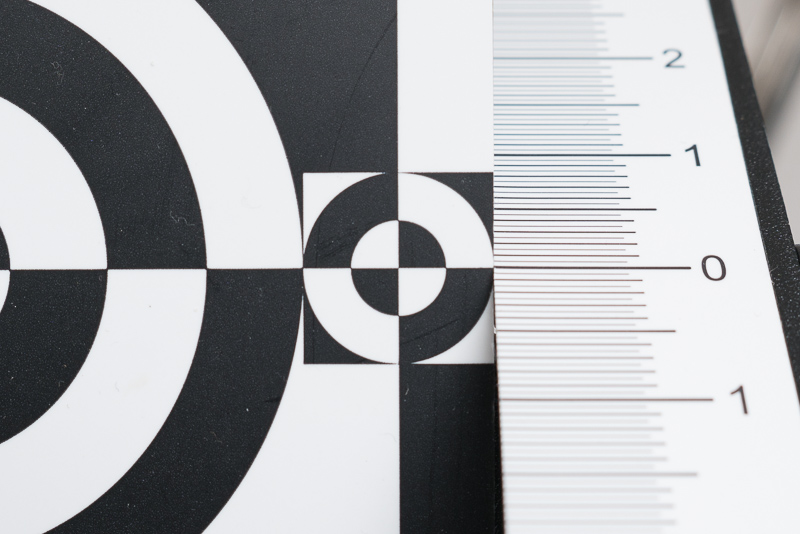
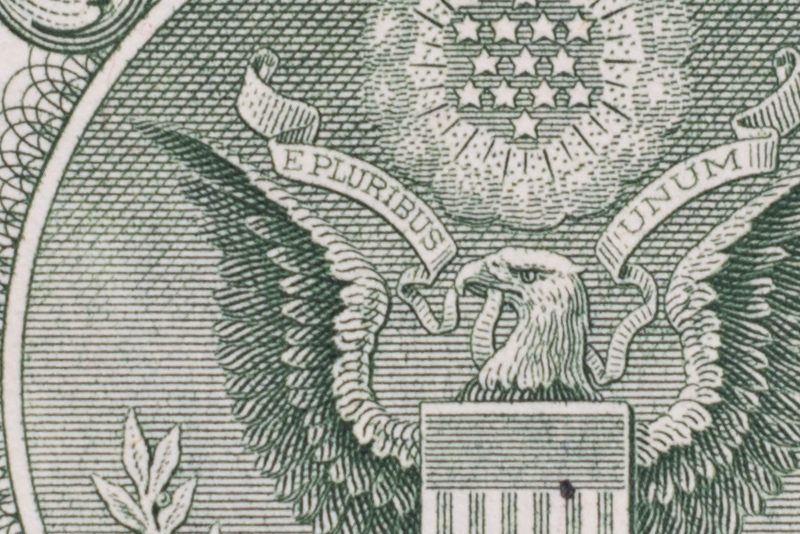
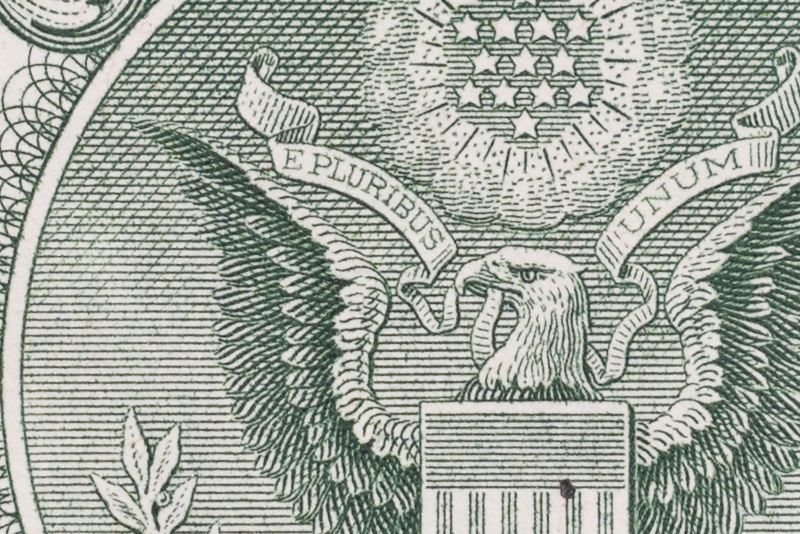

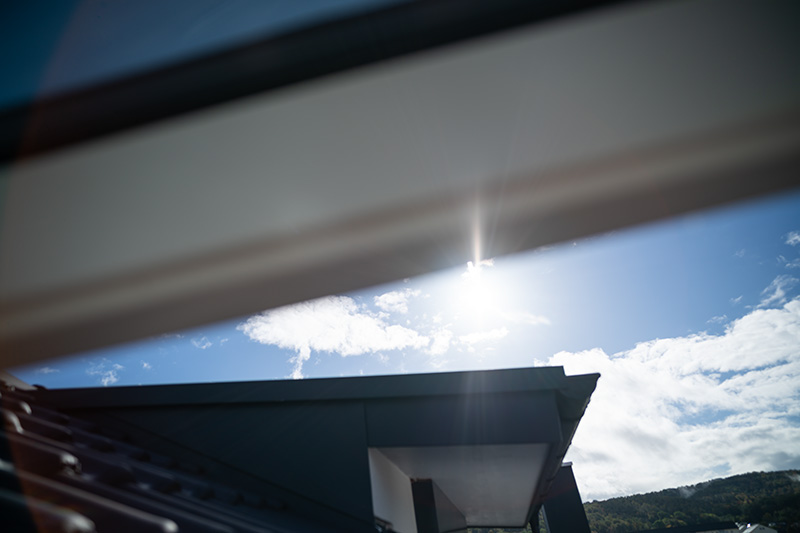


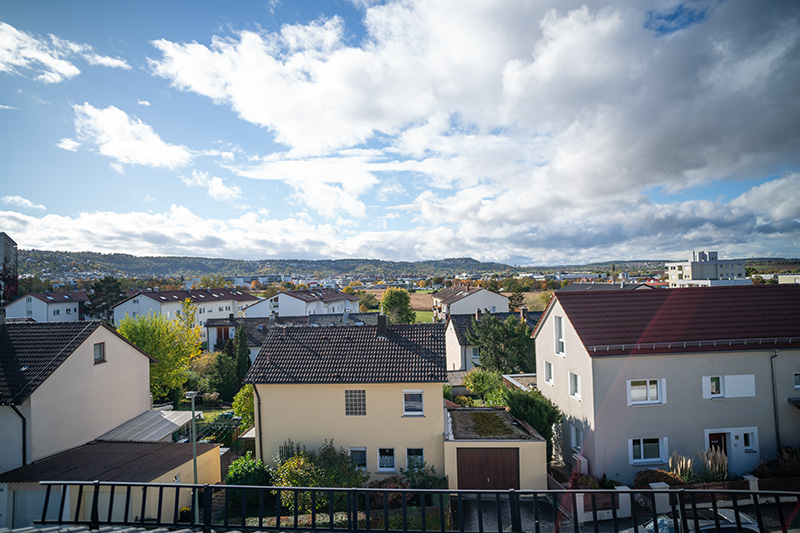

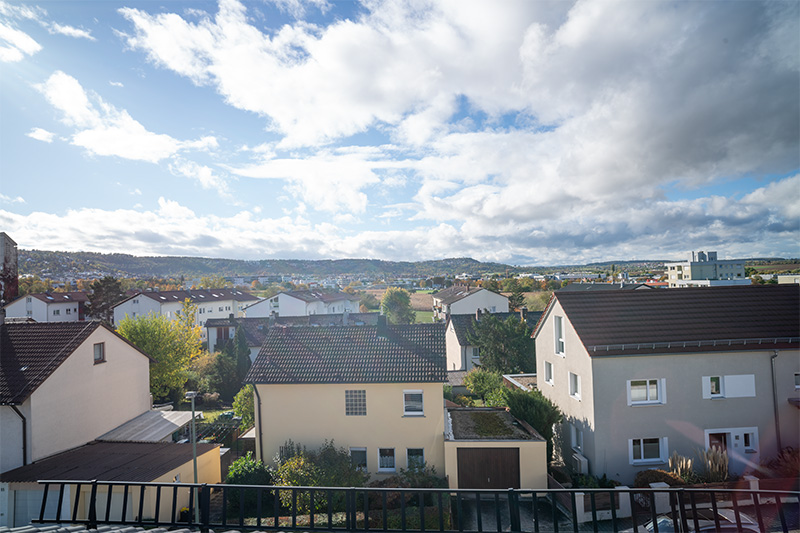
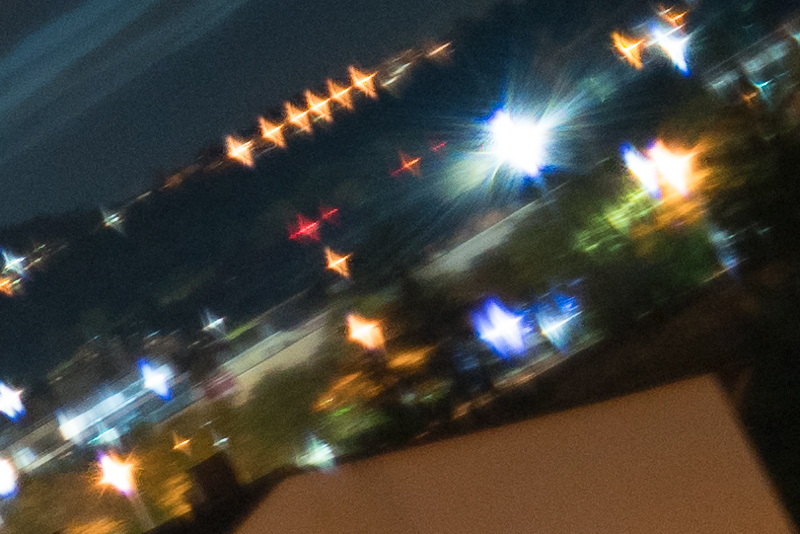

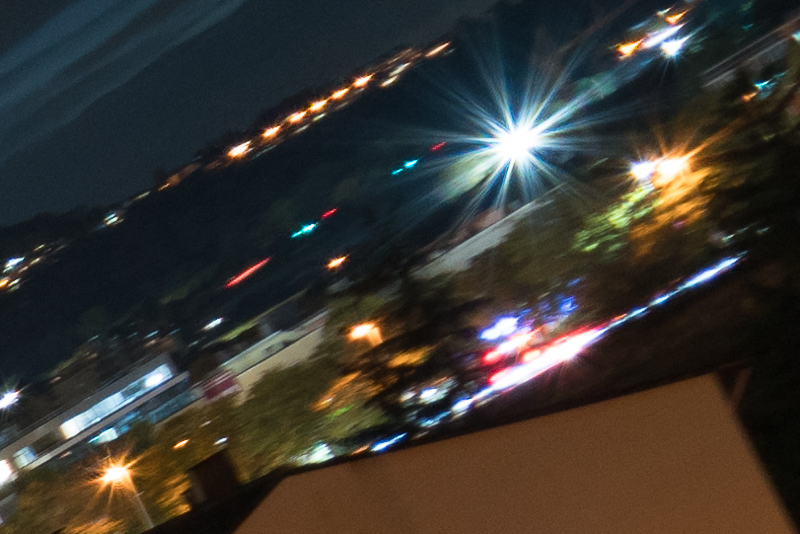


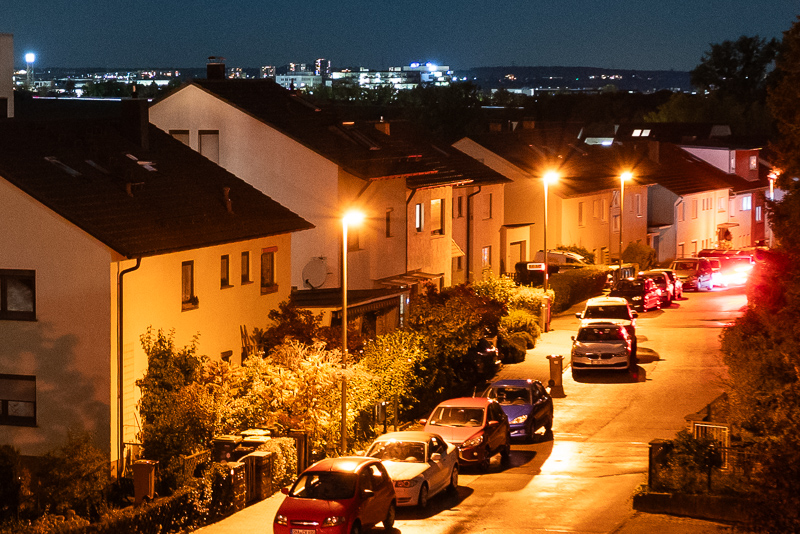


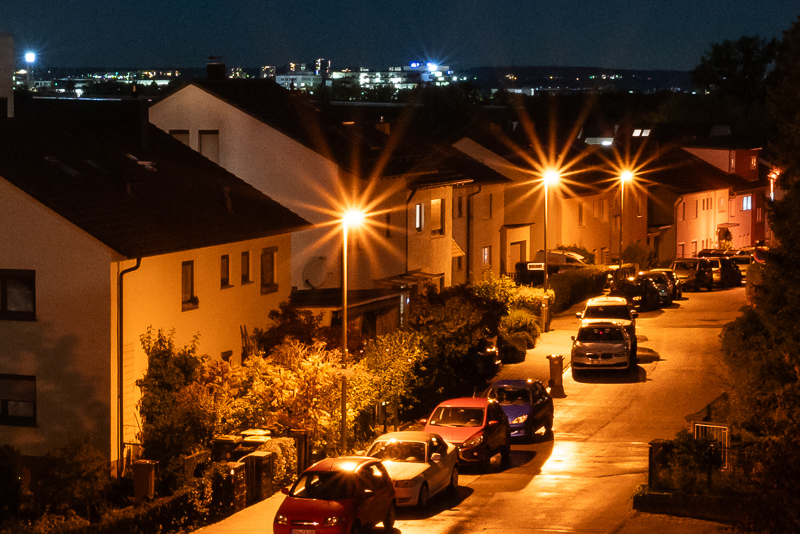

Thank you for the Review.
I think this Lens is Average, concerning the Price a lttle better.
The Coma correctioon ist below Average. Is it tolerable at stop 5,6?
The Lens is a good start for Beginners.
Greets Ernest
I had Tamron 24/F2.8 and it was extremely sharp including corners for that price. The biggest issue was extremely slow AF. Distortion was huge, but easily corrected. As for the manual focus, that was almost a must for the macro because the AF hardly worked, I had no issues. I remember there was a firmware update.
I had the Samyang 18/F2.8 too. First copy was terrible with an unsharp spot in the center. Second copy was sort of ok, but there was still some weird color cast close the corners. I sold it and got Sony 20/F1.8G that is completely different level.
Not sure whether it makes sense to try the Viltrox and be disappointed, maybe with a big discount only. Thanks for the review.
If you already have the Sony and you are happy with it not really I guess 🙂
Nice review. Can you share your opinion about comparing this lens to legacy lenses performance-wise(sharpness,mainly stopped down)? For example FD 20/2.8 or similar priced lenses. I can see the benefits of AF and EXIF info of this new lens, but it seems to me from the info available that its sharpness and distortion figures are very similar to old (simple) legacy lenses where build quality and manual focusing would be better. Thank you.
Those legacy lenses, e.g. the Canon FD 20mm 2.8, are usually much heavier, bigger and also more expensive and often struggle badly in backlit scenarios and when it comes to Coma correction.
Many of these old lenses may also suffer from haze or other defects by now, so buying a used Canon FD 20mm 2.8 from Japan on eBay for ~$300 also comes with some risk.
In terms of general sharpness and distortion the differences are usually in fact not that significant.
Thank you.
Interesting to know. I hold on to my Canon nfd than 🙂
Thanks for the timely review!
Is it just me or is the resolution more or less “meh”? Especially when I look at grassy areas in the sample pictures it doesn’t look very clear and detailed at all, pretty soft or kinda “stretched” actually. (Granted I have only looked at the pictures on my phone so far, it might look different on a proper display.)
The AF of the Tamron 24 f2.8 is only slow in AF-S. In AF-C it is perfectly fine. It is obviously meant to be used in AF-C. Worked well for me (mainly landscape shooter with some macro tossed in). Sold it (together with some other gear) to help finance my Sony 16-35 f4 PZ, though, although it is a great lens.
Is it weird to say this post mainly inspired me to take more close-ups with my 24mm? I love that look of the background being blurred, but there still being plenty of contextual information in it – like that photo of the rose in front of the mansion.
Not weird at all IMO, having a really short MFD on an UWA can yield a lot of creative possibilities!
I do think, besides all the drawbacks, for just 149 Euro, it’s a no brainer. just bought it from the Rollei Promo page.
Rollei declined our participation in their (unnecessarily complicated) affiliate programme and said traffic from this blog is of “too low quality”.
I would therefore greatly appreciate if you would consider using links from our affiliate partners in the future.
#1 FW Update is out:
AF 20/2.8 FE V1.0.9
1. Optimize Lens AF-S focusing stability
Firmware Update 2023-10-31
I want to do night sky photography for cheap! Due to Coma, do you think Samyang lens would make more sense, even though this lens is cheaper.
Yes, I would get a Samyang 14mm 2.8 manual focus for that task.
You can also have a look at this guide.
Very good price, average performance but…which is better/sharper for landscape photography: viltrox 20mm f2.8 or samyang 24 f1.8?
The Samyang if you manage to get a good sample.
which is the best viltrox 20 mm or ttartisan 21 mm for nikon?
Out of these two, I would rather get the Viltrox.
How does this one compare to the older Viltrox 20mm 1.8? Also, I thought you had that review on this site but I cannot find it.
Except for the 20mm focal length and the manufacturer these two lenses have nothing in common.
The 20mm 2.8 AF is a compact not so fast AF lens.
The 20mm 1.8 is the heaviest and at the same time one of the worst 20mm 1.8 manual focus lenses.
The Lenstip review did not give any of us the incentive to have a closer look at the 20mm 1.8.